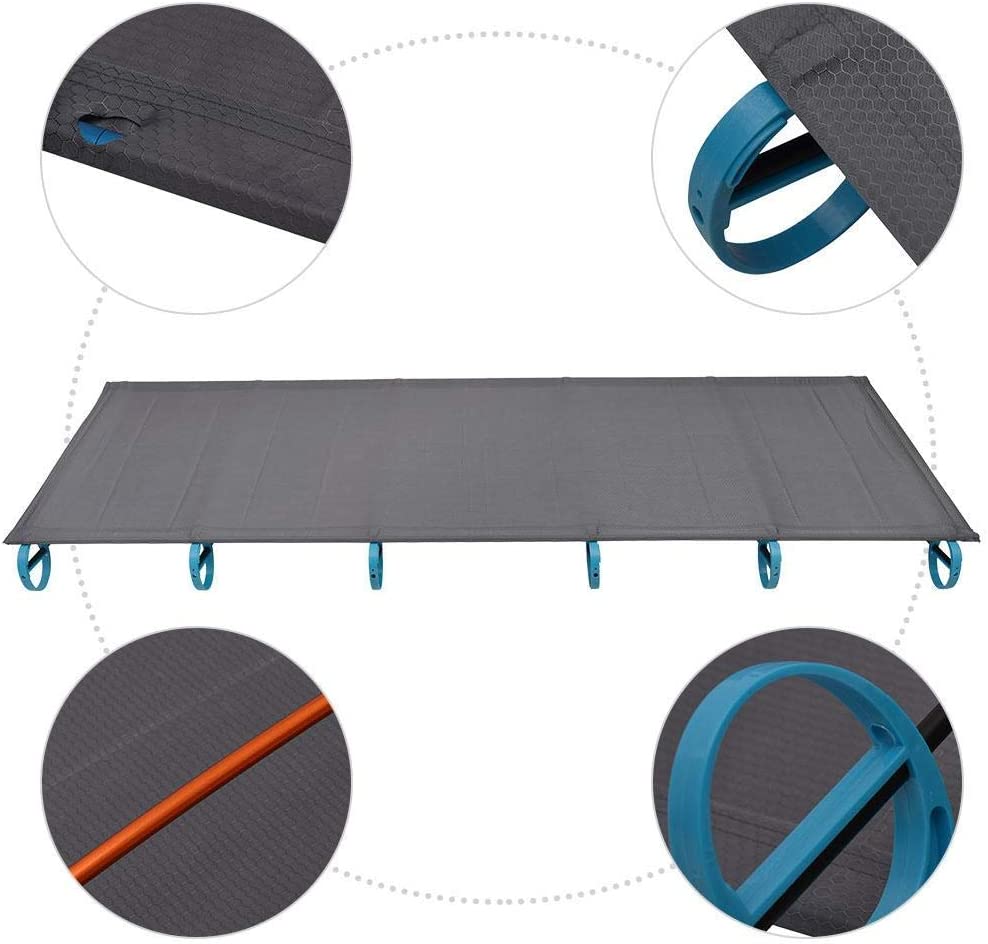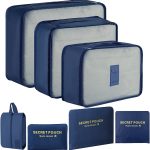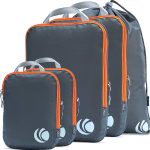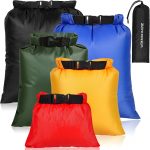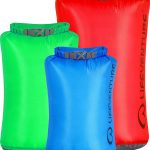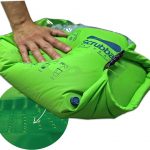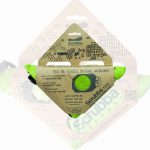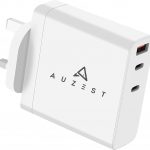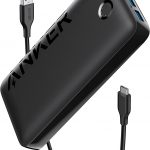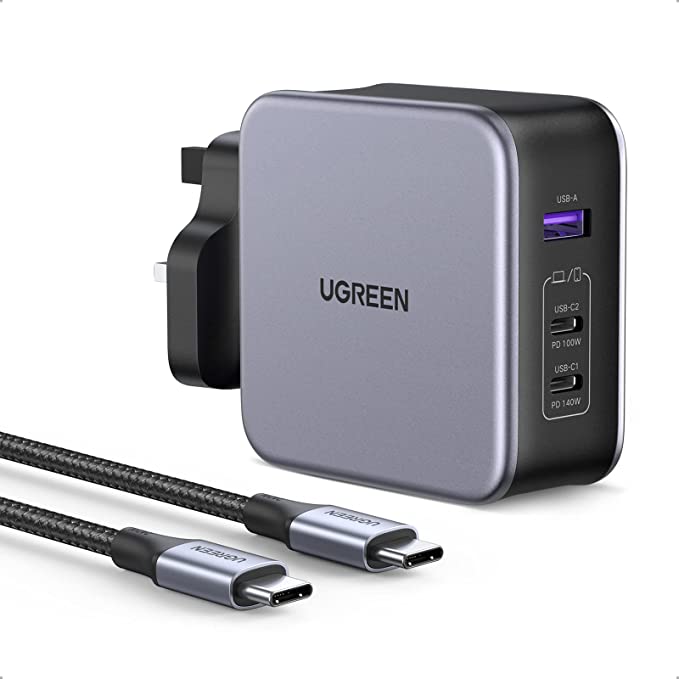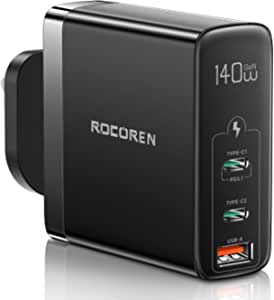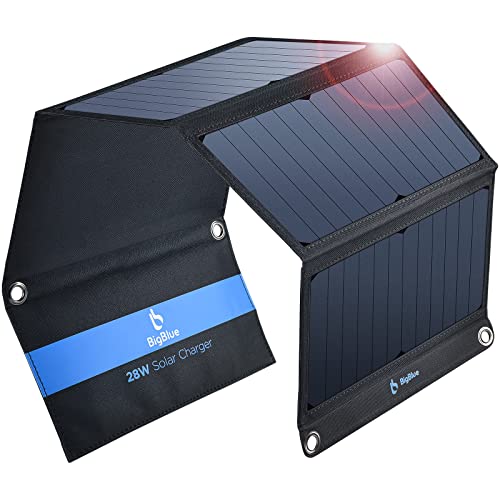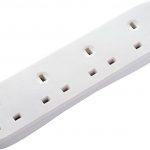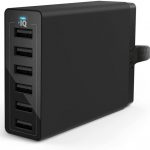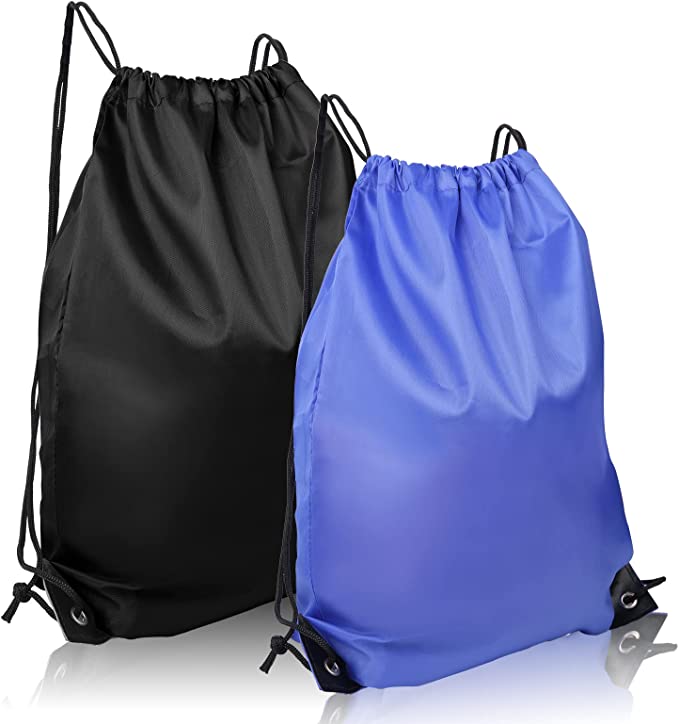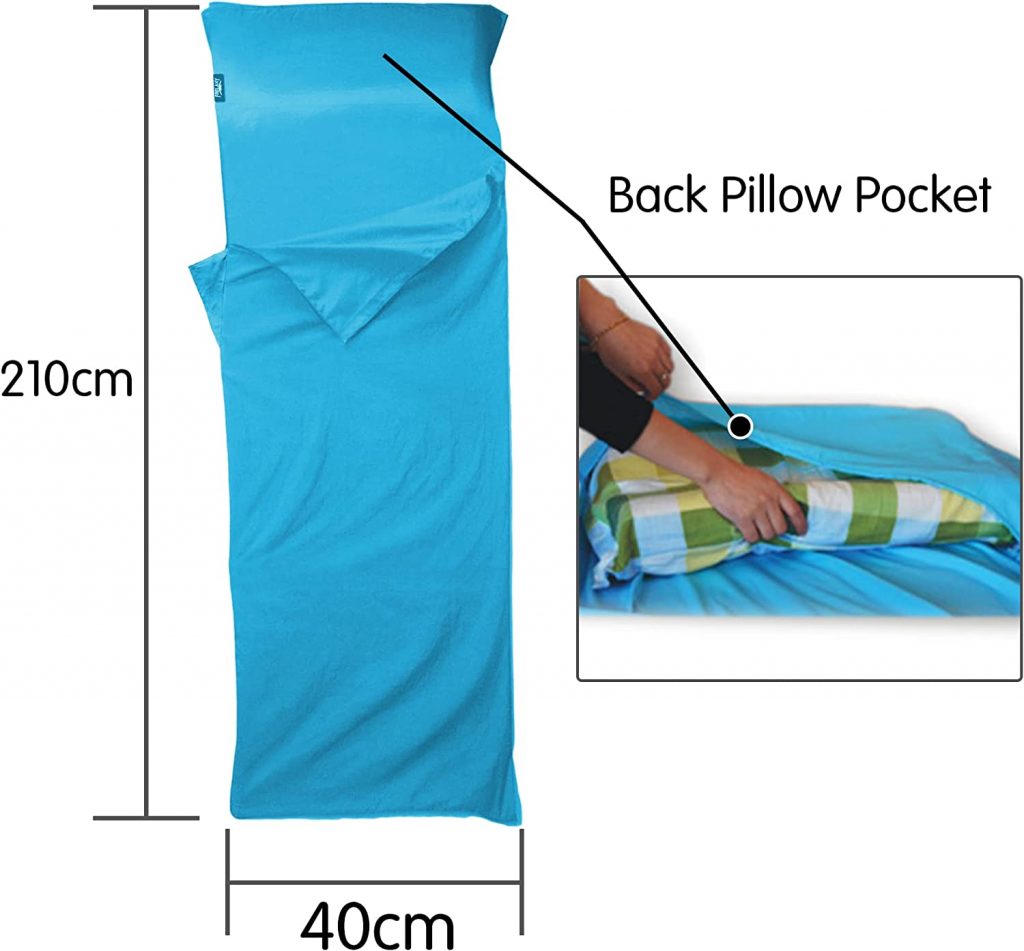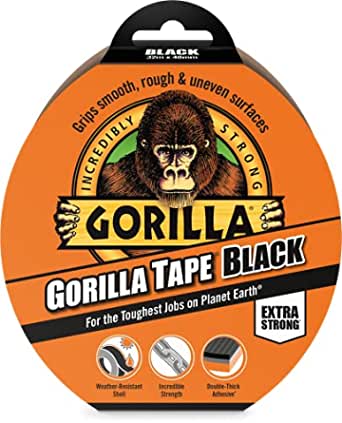These are my recommendations for things to think about when getting kit for World Scout Jamborees based on previous experience. Items on this page are just my personal opinion, and may not represent the best solution for yourself.
Camp Bed
During my jaunt to the WSJ in Japan we were informed in advance that the IST subcamp would be hard ground, having been a baseball pitch temporarily covered with a few inches of hard-packed dirt.
A number of IST including myself invested in an ultra-light cot. This allowed us to sleep off the ground in more comfort, allowing for airflow under our backs (Japan and Korea was hot!), and it also weighed very little while packing down super small.
The closest listing on Amazon I can find today would be here Or Here.. There are other similar cots, but generally, they have heavier poles. Thermarest does also make an ultralight cot like this here… but it is super expensive!
Should anyone get one yet? We now know that the tents we will be provided with will be equivalent to a 3-man tent between 2 people. We also believe that no bedding/cots are provided so now could be a good time to get one. But make sure whatever you get will fit in the tent!
Stock on the closest cheapest one can vary on amazon. Here is a few more, here, here, here. They come from china so shipping can be slow. Or search amazon for an ultralight camping bed and lookout for something similar to the above photos weighing around 1.5kg-1.6kg
Packing Organisers
A large number of IST will swear by packing organisers. Whether that is a set of stuff sacks or packing cubes with which to organise your gear. The idea is that it will allow you to pack more things in your bag by keeping things organised and reducing air space while making it easier to quickly locate something in your bag.
Scrubba
One of the things I love for Jamboree is my scrubba bag. They are essentially a drybag/stuff sack, but with agitation bumps and an air valve to let out air. If you use drybags/stuff sacks for your packing you could just use that and save some money, but if you want a slightly better clean then this could be a consideration. You can also use it as an extra stuff sack!
Battery Bank
Most people have one of these by now. A battery or power bank allows you to charge your USB devices away from a power source. Depending on your phone and the size of the power bank you can sometimes keep yourself charged for several days.
Some things to consider when looking at a power bank for travel:
- Get 100wh max (usually around 27000 mAh depending on voltage). Most airlines have a maximum limit for the power capacity of power banks. This is usually around 100 watt-hours, though the occasional airline may allow a little more. This limit is usually a per-device maximum too, so you can usually take several of them as long as each one is not over this limit.
- Consider a newer technology battery. Newer batteries can make use of up to 100W+ fast charging, if coupled with a 100W+ GAN charger then you can usually charge your power bank in a fraction of the time an older battery bank would take. Meaning less lime standing at a communal charging stand. (Be aware to get 100W charging on a compatible battery bank you need a charger capable of putting out that wattage or it will charge slowly, and a capable USB C cable)
- In terms of GAN charges for fast charging of these high-wattage packs, pay attention to their power output to make full use of your pack. A 200W GAN charger may only put out 100W per port for a combined 200W. The 140W charger listed below (Auzest) will output a full 140W on a single UBS C which is great for the Anker 737, but using more than 1 port at once drops the per port output.
Solar Panel
So what about solar panels? Personally, I don’t usually bother with these at the jamboree, as it is risky to leave them at your tent charging due to the possibility of theft, and carrying them around isn’t very efficient as they need good sunlight for an extended period of time to charge your devices which isn’t easy when you are constantly moving around. And if you are going to wait around for your pack to charge, you may as well do it at a charging station much faster with a plug!
However, if you are going to get one, I recommend a folding one with a softer fabric backing that can fold up in your bag. These usually have some hoops on that you can attach a carabiner to for hanging from your bag or tent. Most people will attach these to their bags and walk around with them to reduce the theft risk. Think about wattage when buying (higher charges faster but is usually larger in size). Look here
I wouldn’t recommend a dual solar/battery bank. In that case, the whole valuable pack would have to be on display to charge and it is harder to position. Whereas a separate solar panel can be used on multiple devices and packed away.
Extension Lead
Get yourself an extension lead and you will make loads of friends! Finding a plug at Jamboree can sometimes be difficult. Your job may provide an area with plugs to charge if you are lucky, or you may have to stand at a charging station. Either of these you can find are fully occupied.
An extension lead not only allows you to charge multiple devices at once, but you can also offer to plug it in for multiple people to use at the same time. Or if there is no space ask someone else from the UK if they mind plugging into your extension lead so you can both charge!
An extension of this (pun not intended), is to get a multi-USB charging hub. You can charge multiple devices (phone, battery bank, etc) off of one plug, and you can also share usb ports with other people for the same reasons above (and its usually multinational as USB is a worldwide standard!).
Power Cable (USB)
A decent charging cable for your phone is essential. During the Jamboree it is going to get pulled around and tugged quite a lot. When looking at a charging cable consider the following:
- A longer Cable (1m-2m) – A long cable allows you to stick your battery pack in your bag and still charge a phone you are carrying in your hand or pocket. It also allows for any solar panels to be placed further away.
- A braided cable – A braided cable is usually more durable and can cope better with the stress of a Jamboree. You don’t want your cable breaking in the middle of the trip!
- The cables wattage – If you get the Anker 737 or similar that does up to 140w charging, you need a cable capable of having 140w used on it. Otherwise, the battery pack won’t charge at the fastest rate! Usually, these higher-capacity cables are of a USB C variety.
USB C Cables – Lightning Cables – Micro USB Cables
Plug Adapter
Next up is something you will likely need in South Korea, a plug adapter. There are many forms of adapters, some small and some big. They all vary in price too from cheap to slightly more expensive.
Some adapters will have USB ports built into them for you as a dual purpose. If you want to go down that route then pay attention to what power the USB ports output, as a cheap adapter with a cheap port could be a really slow charge!! If you went for a high-wattage battery bank too then you will likely still want a separate charger for those high-wattage charging rates.
You might also think about multi-use adapters. South Korea uses plug type F, which is the same as European plugs. You can get a cheap plug that goes straight from a UK plug to a Type F plug, or you could invest a little bit more in an adapter that can do multiple types of plugs.
Another thing to consider is a fused or surge-protected plug to protect your devices. While South Korea is generally quite technical, other countries you might use this adapter in at a later date may have surges and fluctuations. I have stuck a couple of amazon listings below for a few adapters. Be careful with really cheap adapters that could be a fire risk.
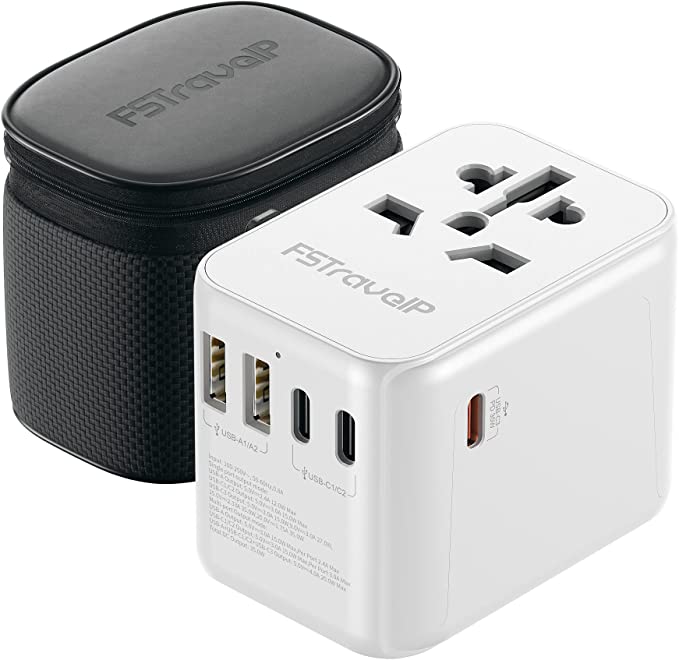
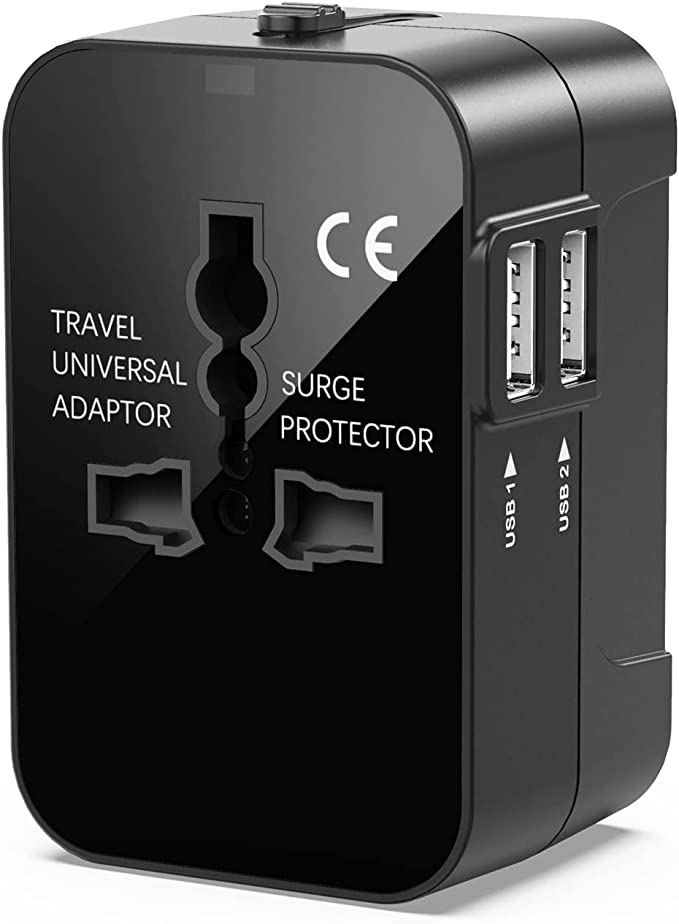

Swapping Bags
If you are like me and you like your swapping, then a small bag for keeping your swaps in can be very useful. I usually make use of two bags. One with all my badges/scarves/woggles/pins/etc in to be swapped, and one for all the things I have got from swaps that I don’t want to then accidentally swap again. I usually use drawstring bags for this (like the ones everyone used to use at school for PE). Two colors can be useful for distinguishing between them quickly. I usually keep these bags on me at all times for any spontaneous trades as well as security if I’ve got a lot of swaps.
Sleeping Bag
On top of what you sleep on, you want to think about what you are going to use as bedding. Many of us already have a sleeping bag, but you may want to consider not taking one… Now I don’t mean not taking anything, but a fleece sleeping bag liner can be a useful 0-season sleeping bag that takes up little space and weight. Korea, like Japan, is likely to be hot and humid. Tents can reach an excess of 50 degrees celsius during the middle of the day. So something thin and lightweight is useful.
Wicking Tops
My next suggestion is to invest in some cheap lightweight wicking tops. Not only do they weigh less and dry quicker, but they will help to keep you cool in sweaty humid temperatures. The UKC-issued tee should be a wicking top and the options catalog will usually let you buy more. However, you can find a bunch of cheap ones online.
Padlock
A padlock is useful for multiple things. Not only can it help secure your luggage during transit, but during the jamboree, it can help keep your tent a little more secure! Theft can happen at a jamboree, and while a padlock won’t make a tent impenetrable, it can be a deterrent. A combination lock is best as you will be sharing a tent!
Swaps
You probably already know this one! Swaps are a popular activity at the Jamboree. Below is a list of example items I have traded at a Jamboree before. With most of these items, your Jamboree/Contingent branded gear is the most popular. You may be able to trade non-jamboree items (standard scout badges or UK flag items), but they are generally harder to swap (but not impossible).
- UK Contingent Badge (With the UK Flag Cloud)
- UK Contingent Fun Badges
- Your Unit/Crew Badge
- UK Contingent Scarf
- Pin Badges
- Key Rings
- Wristbands
- Woggles
- Your Uniform! (Make sure you take 2 uniforms if you plan to do this. The one you already have and the one you are given as part of your kit with the same set of badges)
Paracord
Paracord is really useful to have. Not only can you make bracelets and other things out of it, but you can also use it as a washing line between tents, and use it as a strap to tie up your bag if needed. Find Paracord Here
Gorilla Tape
Gorilla Tape or Duct tape can be super useful. In three weeks away you may find things rip or break if you are not too careful with them. In that case, Gorilla Tape is super useful to help temporarily repair tents, shoes, bags, and clothes.
USB HeadTorch
A headtorch will be essential for the evenings at Jamboree. Whether you are trying to find items in your tent, or are taking part in a late-night trading session. But constantly using your headtorch can mean lots of batteries. So why not consider one that is USB rechargeable. You can then charge it just like your phone.

